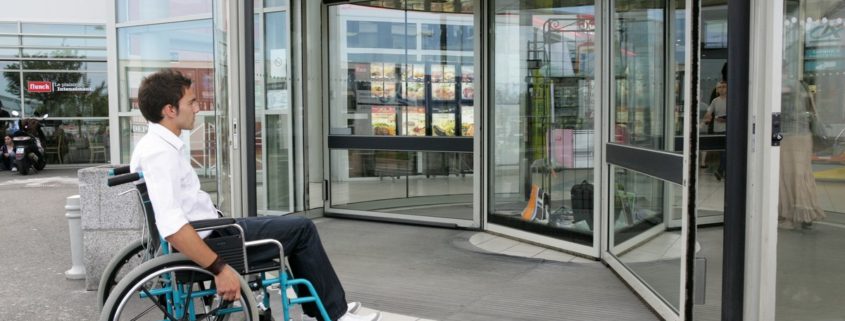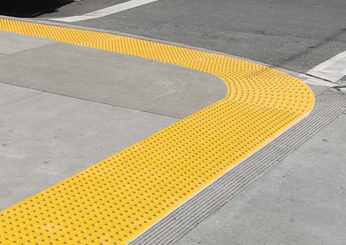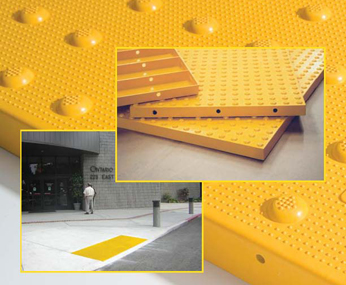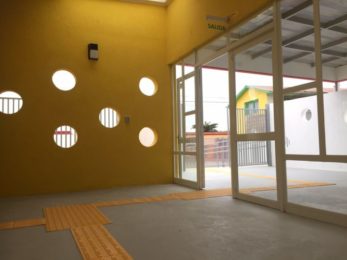People with disabilities struggle with physical barriers to access on a daily basis, and the Americans with Disabilities Act or ADA protects the rights of these individuals to have safe access to public spaces. The consequences of an ADA violation to businesses who do not provide accommodations as the law requires can be severe.
Understanding these consequences will help you avoid ADA penalties for noncompliance and protect your business reputation while providing the safe and easy access your customers and visitors deserve.
The Consequences of Not Complying with ADA Rules
There are at least three areas where failure to comply with ADA laws may cause serious financial and PR problems for your business or organization. It is worth noting that in some states, groups and individuals actively look for businesses to report for noncompliance.
Consider these areas of concern:
ADA Fines for Noncompliance
Federal law allows fines of up to $75,000 for the first violation and $150,000 for additional ADA violations. States and local governments may allow additional fines and require businesses to meet a higher standard of accessibility than the ADA requires. With these direct penalties looming, it makes sense to invest in ADA-approved surfaces and access requirements.
Lawsuits Involving People with Disabilities
Government agencies, municipalities, health care facilities, and small businesses that do not provide adequate “public accommodation” leave themselves open to lawsuits, personal injury claims, and legal or civil penalties should a disabled visitor be injured in a noncompliant space.
Damage to Your Business Reputation
Perhaps the most financially damaging consequence of not complying with the Americans with Disabilities Act is the damage to the image of your business or brand when it becomes public record that there was a serious violation under ADA laws. Providing safe access and empowered employment to disabled persons shows that the ethics of your business are of the highest level.
Is Your Business Required to Follow ADA Requirements?

It is important to determine if your business needs meet these requirements before you find yourself in noncompliance with ADA rules. By definition, there is an “affirmative duty” to restaurant and business owners to take the initiative and be in compliance.
Some of the types of places which fall clearly under the guidelines include:
- Dining places, restaurants, and cafes
- Markets, stores, and malls
- Sidewalks, parks, and public restrooms
- Office buildings and places of employment
- Movie theaters and recreational facilities
- Stadiums and sports fields
How Can Your Business Achieve ADA Compliance?
Your business can have an inspection performed by a private company to point out possible problems before they become costly ADA violations. If your entryways, sidewalks, or public spaces need updates to meet the new ADA rules, contact us at ADA solutions. Don’t wait to feel the sting of an expensive fine or lawsuit. We have a wide range of surface applied and cast-in-place solutions which meet all ADA requirements.










